![图片[1]-Drone Sprayer for Rice Fields: Revolutionizing Precision Agriculture in Wetland Ecosystems-msoen](https://www.msoen.com/wp-content/uploads/2025/04/edbbb52c8b184639-1024x576.jpg)
Rice cultivation, a cornerstone of global food security, faces unique challenges: waterlogged fields, dense plant canopies, and the need for precise chemical application to combat pests, diseases, and weeds. Traditional spraying methods—manual labor, backpack sprayers, or outdated machinery—are slow, inefficient, and often damage crops or contaminate water. Enter drone sprayers for rice fields: a game-changing solution designed to navigate wetland environments with precision, reduce waste, and boost yields. As a leading Chinese manufacturer specializing in agricultural drones, we’ve engineered these drones to thrive in rice fields, combining cutting-edge technology with deep expertise in wetland farming.
The Challenge: Why Rice Fields Demand Specialized Drone Sprayers
Rice fields are among the most demanding environments for agricultural drones:
- Water Saturation: Standing water (2–10 cm deep) complicates flight stability and chemical application, risking drift into non-target areas.
- Dense Canopies: Tall rice stalks (up to 1.5 meters) block GPS signals and create “blind spots,” making navigation and targeting difficult.
- Fragile Ecosystems: Pesticide runoff into irrigation canals or natural water bodies threatens aquatic life and drinking water quality.
- Labor Intensity: Manual spraying requires workers to wade through muddy fields, increasing costs and health risks.
For rice farmers, these challenges mean:
- Low Efficiency: Manual spraying covers just 1–2 acres/day, delaying critical interventions during pest outbreaks.
- High Costs: Wasted chemicals and labor inflate operational expenses, reducing profit margins.
- Environmental Risks: Runoff from traditional methods contaminates water sources, harming ecosystems and violating sustainability regulations. How Drone Sprayers for Rice Fields Solve These Challenges
Our rice field drone sprayers are engineered to address these pain points head-on, leveraging advanced technologies tailored to wetland agriculture:
- All-Terrain Flight & Stability
Rice fields demand drones that can handle uneven, waterlogged terrain. Our models feature:
- Amphibious Landing Gear: Foldable, waterproof legs with anti-slip treads allow safe takeoffs and landings on muddy fields.
- Gyroscopic Stabilization: Advanced sensors and flight controllers adjust for wind, water ripples, and uneven surfaces, ensuring smooth, steady flight even in 2–10 cm of standing water.
- Precision Spraying Technology
Precision is critical in rice fields, where over-spraying wastes resources and under-spraying leaves crops vulnerable. Our drones integrate:
- AI-Powered Variable-Rate Spraying (VRS): Sensors detect rice density, water depth, and crop health in real time, adjusting chemical flow dynamically. Thicker areas (e.g., pest-infested patches) receive more spray; sparse zones get less—reducing waste by 40–60%.
- Targeted Nozzle Systems: 36 high-precision ceramic nozzles (optimized for low-drift performance) ensure even coverage, even in dense canopies. The system avoids spraying directly onto rice flowers or young shoots, protecting beneficial insects and reducing chemical exposure.
- Obstacle Avoidance & Autonomous Navigation
Rice fields are filled with natural and man-made obstacles: irrigation pipes, fence posts, and overlapping crop rows. Our drones use:
- Obstacle Radar + LiDAR: 360° sensors detect obstacles up to 200 meters away, even in fog or rain. The system automatically adjusts flight paths to avoid collisions, protecting both the drone and crops.
- GPS + RTK (Real-Time Kinematic): Centimeter-level positioning ensures the drone follows pre-plotted routes with sub-inch accuracy, aligning spray patterns with rice rows and avoiding water channels.
- Environmental Protection
Sustainability is at the core of our design:
- Low-Drift Formulation: Proprietary nozzle designs and air-induction technology reduce spray drift by 50% compared to traditional sprayers, minimizing contamination of nearby water bodies.
- Eco-Friendly Materials: Drones are built with recyclable plastics and bio-based coatings, reducing their carbon footprint. Real-World Impact: Transforming Rice Farms Worldwide Case 1: Vietnam’s Mekong Delta Rice Fields
A 10,000-acre cooperative in Vietnam’s Mekong Delta faced recurring pest outbreaks and chemical waste issues. After adopting our drone sprayers: - Efficiency: Spraying time per acre dropped from 4 hours (manual) to 15 minutes, enabling timely interventions during peak pest seasons.
- Cost Savings: Chemical usage fell by 52%, saving $120,000 annually.
- Environmental Impact: Runoff into local canals decreased by 70%, improving water quality and fish populations. Case 2: China’s Zhejiang Province Rice Farms
A family-owned farm in Zhejiang used our drones to combat sheath blight, a devastating rice disease. The VRS system identified infected zones and applied fungicides only to affected areas: - Yield Increase: Disease control improved by 85%, boosting yields by 15%.
- Labor Reduction: Eliminated the need for 10 seasonal workers, saving $50,000/year. Case 3: India’s Punjab Rice Belt
In Punjab, where water scarcity is critical, our drones reduced irrigation-dependent pesticide use by 40%. The low-drift technology protected underground water sources, earning praise from local environmental agencies. Why Choose Our Rice Field Drone Sprayers?
As a trusted Chinese manufacturer, we combine 20+ years of agritech expertise with end-to-end manufacturing control to deliver unmatched quality:
- Customized Solutions for Rice Farms
We tailor drones to your specific needs:
- Payload Options: Choose from 10L–50L tanks, with spray systems optimized for small family farms or large cooperatives.
- Environment Adaptations: Models for shallow water (≤5 cm), deep water (5–10 cm), or sloped rice terraces, with reinforced landing gear for muddy fields.
- Global Compliance & Reliability
Our drones meet international standards (CE, FCC, ISO 21442) and adhere to regional regulations (e.g., EU’s strict pesticide rules, India’s water protection laws). Each unit undergoes 500+ hours of pre-delivery testing, including:
- Water Resistance: IP67-rated components withstand immersion in up to 1 meter of water.
- Endurance: Flight times of 60–90 minutes (depending on payload) ensure full coverage of large fields.
- Local Support & Sustainability
We provide:
- Pre-Sales Field Trials: Test the drone on your farm to validate performance before purchase.
- On-Site Training: Train your team on mission planning, obstacle avoidance, and maintenance.
- 24/7 After-Sales Service: Multilingual technical support and rapid spare-parts delivery to minimize downtime. The Future of Rice Farming with Drone Sprayers
As climate change intensifies and global rice demand grows, drone sprayers will play an even greater role. Future advancements include:
- Swarm Technology: Multiple drones collaborating to spray large rice fields simultaneously, reducing time and costs.
- Predictive Analytics: AI models forecasting pest outbreaks based on weather and historical data, enabling proactive interventions.
- Fully Autonomous Farms: Drones working alongside IoT sensors and robots to create closed-loop systems, where every spray is optimized for yield, sustainability, and profit. Your Next Step: Elevate Your Rice Farming
A drone sprayer for rice fields isn’t just a tool—it’s a partner that safeguards crops, reduces costs, and protects the environment. Whether you manage 100 acres or 100,000, our specialized drones are ready to transform your rice farming operations.
Contact us today to schedule a demo, request a custom quote, or learn how our rice field drone sprayers can revolutionize your agriculture.

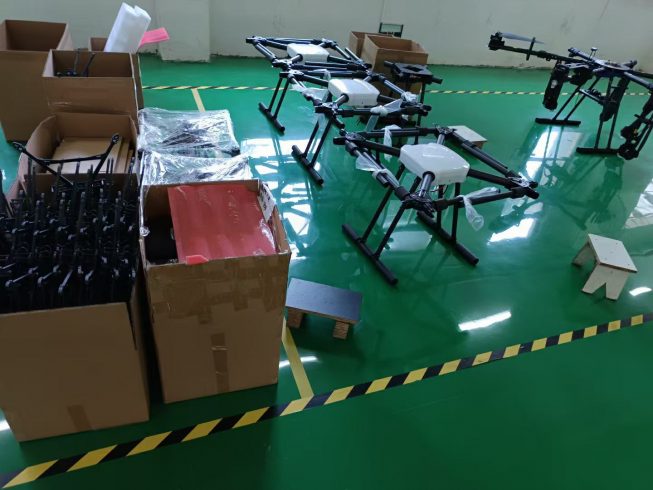
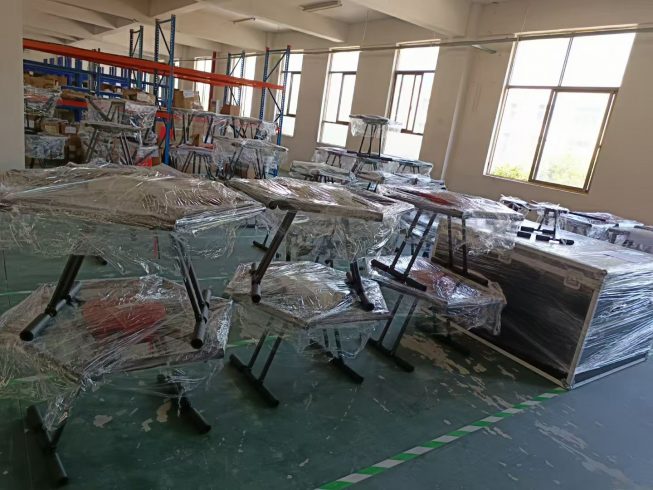
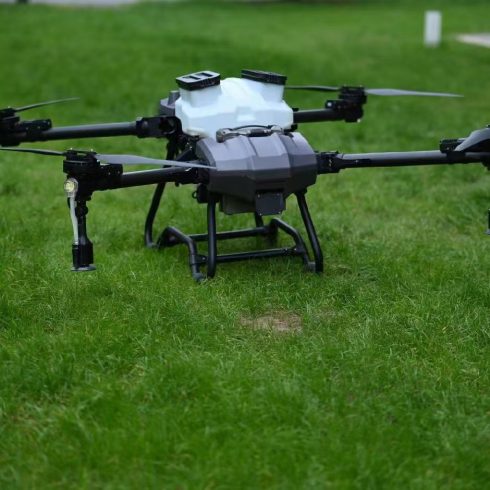
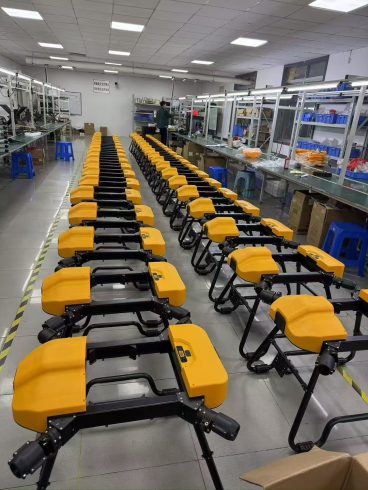
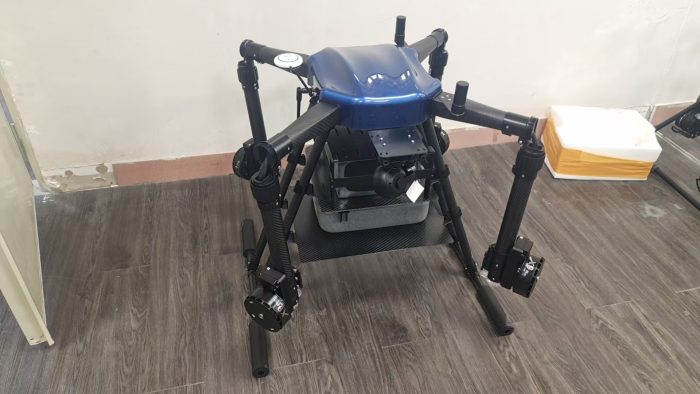
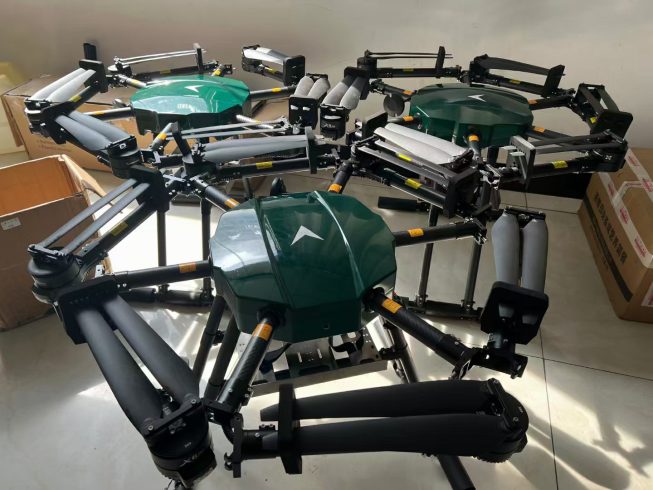
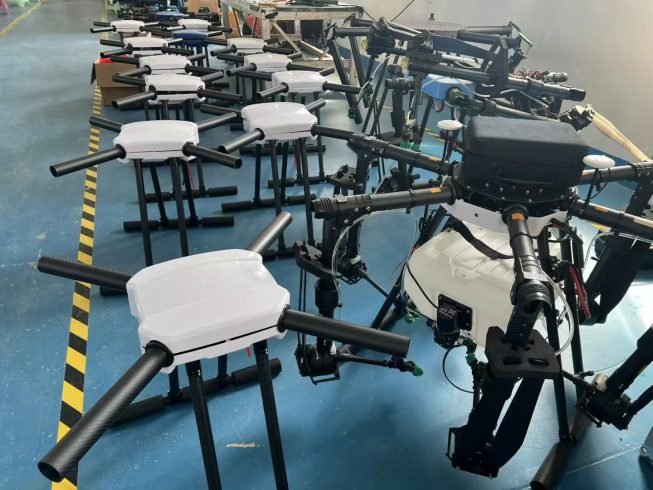
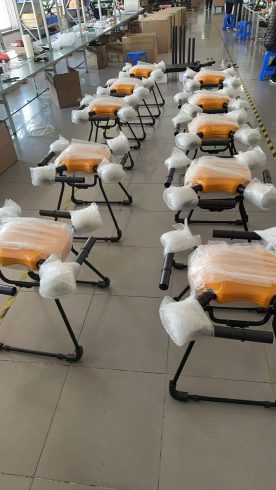
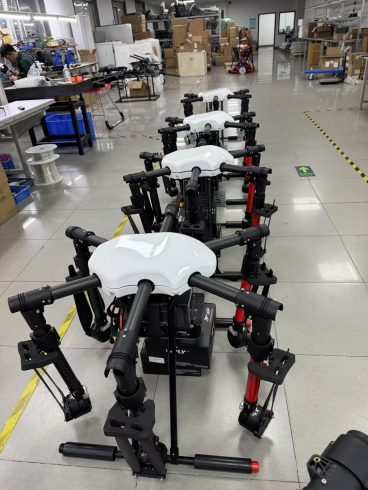
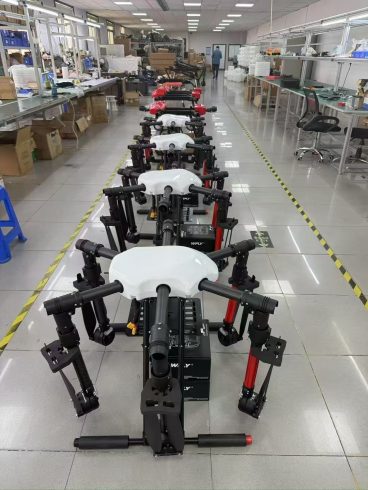
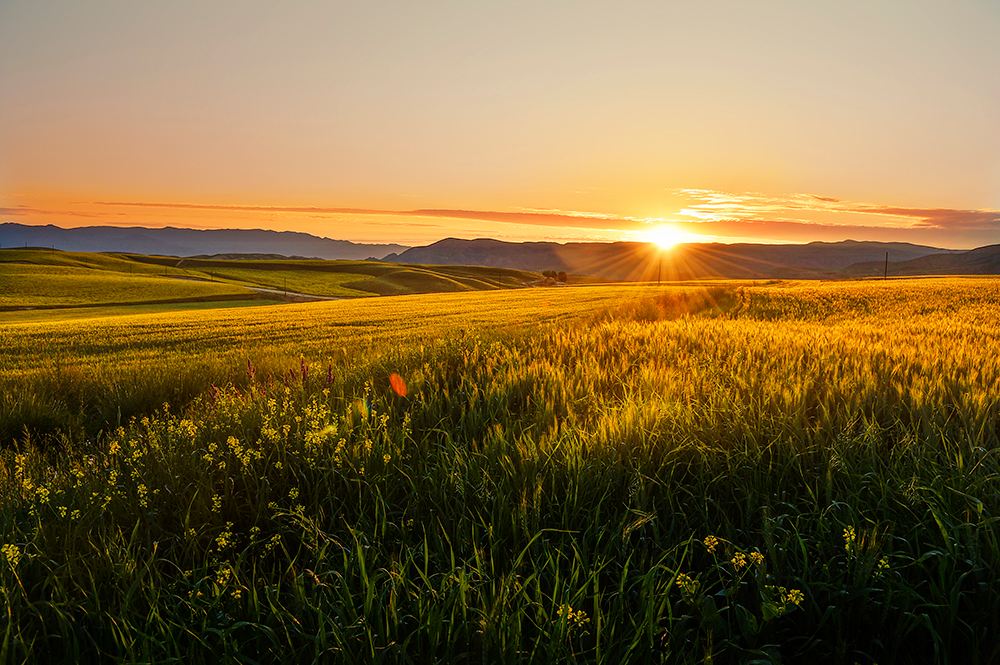
暂无评论内容